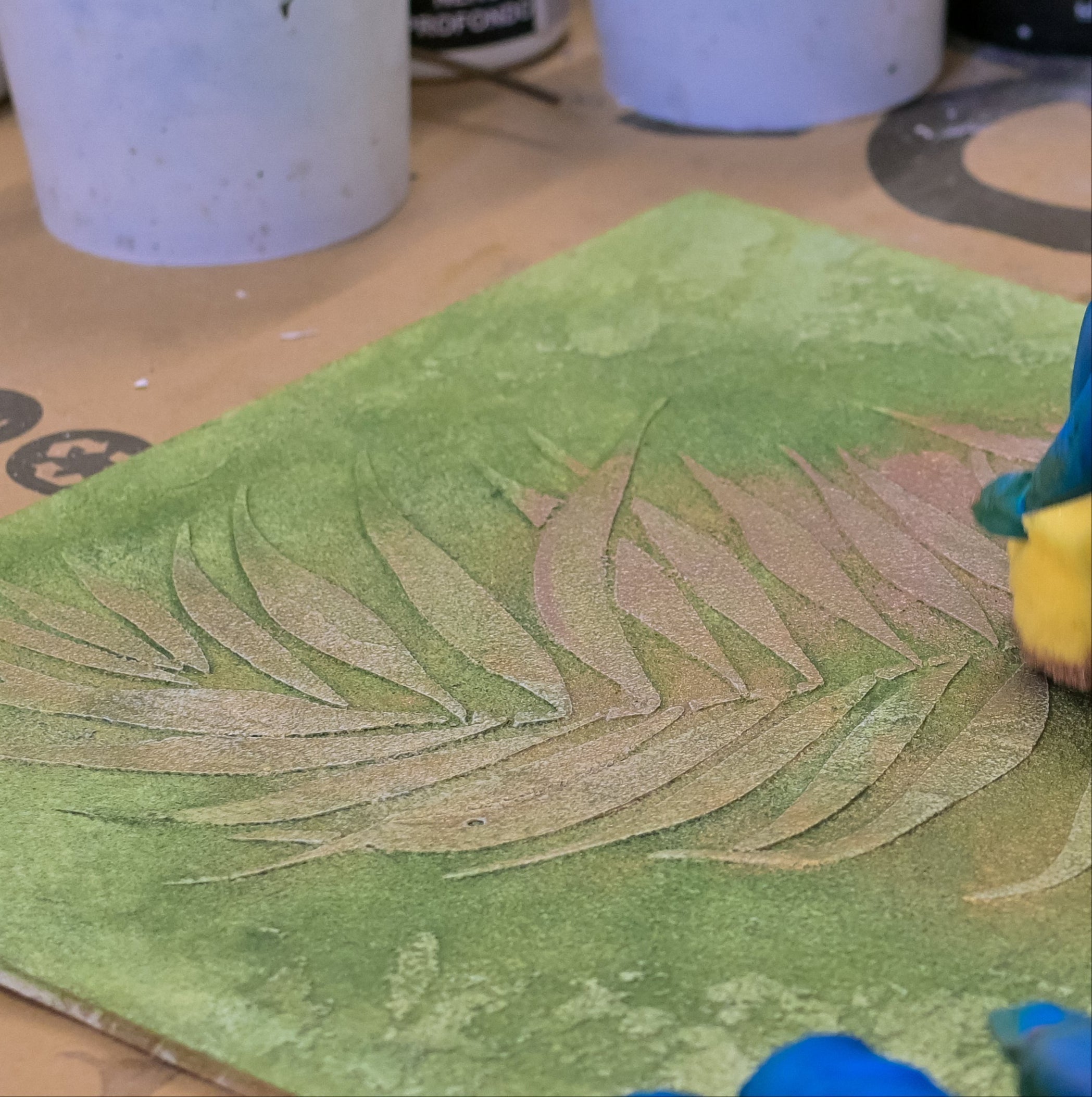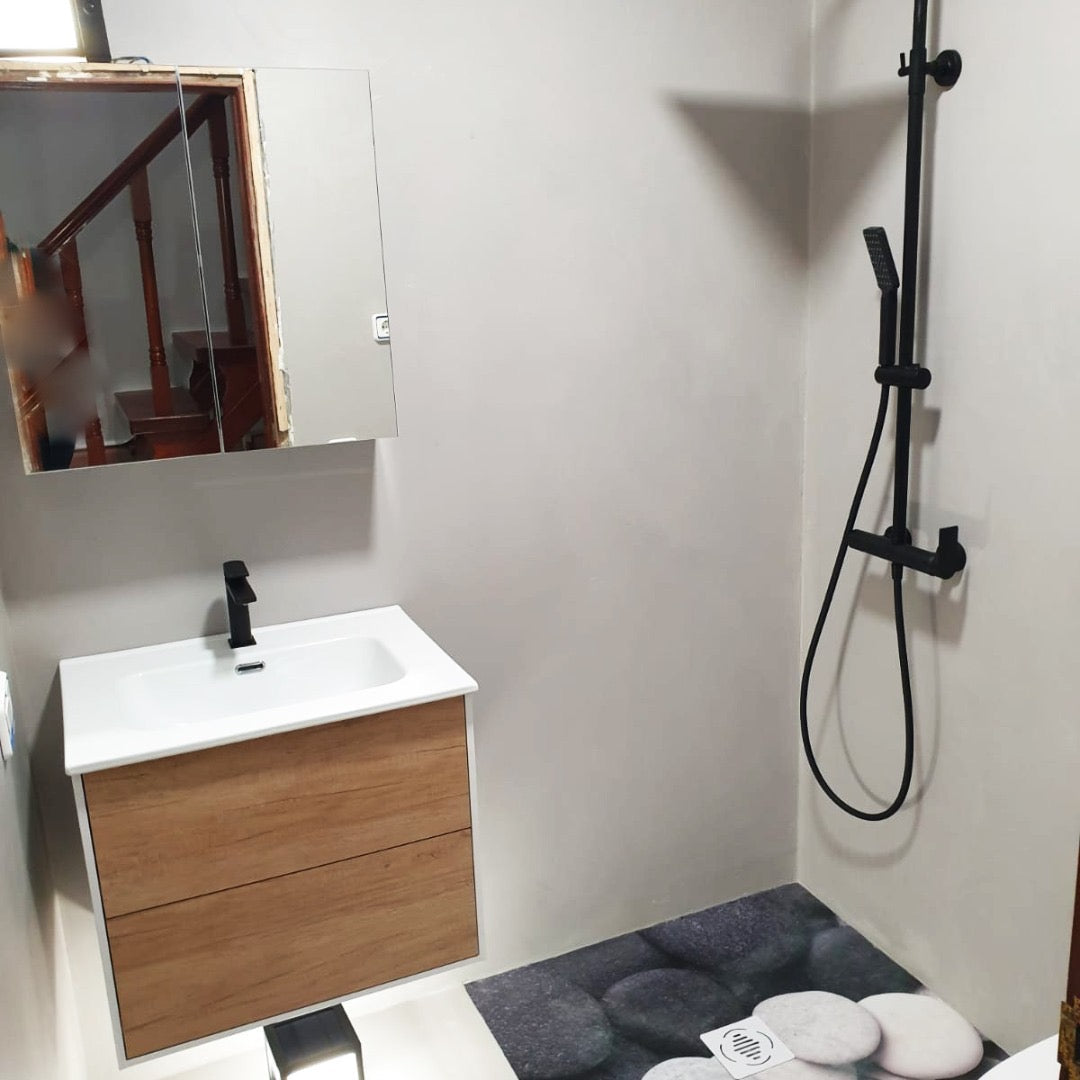
Common Mistakes When Applying Venetian Plaster
Venetian plaster is admired for its elegance, depth, and luxurious finish. But while the results can be stunning, the application process requires skill, patience, and the right knowledge. Even experienced plasterers sometimes run into challenges that affect the final look.
In this article, we’ll cover the most common mistakes when applying Venetian plaster — and how to avoid them — so you can achieve a flawless finish every time.
1. Skipping Proper Surface Preparation
The mistake: Applying Venetian plaster directly to a wall without smoothing, priming, or cleaning properly.
The problem: Uneven surfaces, cracks, or poor adhesion.
The solution: Always start with a clean, dry, and smooth substrate. Use the correct primer recommended for decorative plaster finishes to ensure strong bonding.
2. Using the Wrong Tools
The mistake: Using cheap or inappropriate tools not designed for Venetian plaster.
The problem: Scratches, visible trowel marks, and inconsistent finishes.
The solution: Invest in professional-grade equipment. Italiano Stucco supplies authentic Marmorino Tools in the UK, designed specifically for Venetian plastering — ensuring smoother application and professional results.
3. Applying Too Thick a Layer
The mistake: Loading the trowel with too much material and applying heavy coats.
The problem: Cracks during drying, uneven textures, and a dull finish.
The solution: Venetian plaster is best applied in thin, controlled layers. Multiple fine coats build depth and create the signature polished effect.
4. Rushing the Drying Process
The mistake: Not allowing each coat to dry fully before applying the next.
The problem: Trapped moisture, patchy textures, or peeling.
The solution: Be patient. Allow sufficient drying time between coats — this not only prevents issues but also ensures a longer-lasting finish.
5. Over-Burnishing
The mistake: Excessive polishing with too much pressure at the wrong stage.
The problem: Burn marks, streaks, or even damaging the surface.
The solution: Burnish only at the right time — usually during the final coat, when the plaster has partially set. Use a clean, flexible trowel to achieve the desired sheen without overworking the surface.
6. Neglecting Aftercare
The mistake: Leaving the finished plaster unprotected or failing to maintain it properly.
The problem: Stains, moisture damage, or loss of sheen over time.
The solution: Depending on the project, apply protective wax or sealants designed for Venetian plaster. Regular gentle cleaning will keep the finish looking fresh and luxurious.
Master Venetian Plaster the Right Way
Avoiding these common mistakes comes down to two key things: knowledge and tools. At Finishop, we provide professional online courses to help you master the craft of Venetian plastering.
And for the very best tools, you can visit Italiano Stucco, an official supplier of Marmorino Tools, plus they also supply the UK with Venetian plaster products from Italy and microcement from Spain.
With the right training from Finishop and the right equipment, you’ll be able to create breathtaking finishes that truly showcase the beauty of Venetian plaster.
Ready to learn the correct way to apply Venetian plaster finishes, check out our courses HERE



Leave a comment
This site is protected by hCaptcha and the hCaptcha Privacy Policy and Terms of Service apply.